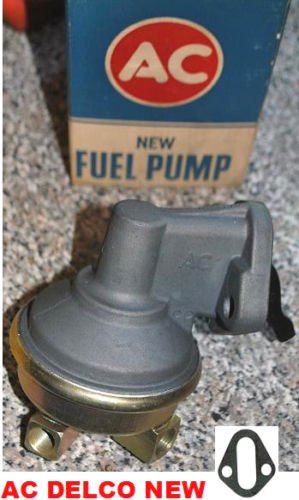
The somewhat soft, passenger-car-type standard suspension enabled the El Camino to stand level without a load. The El Camino's payload rating ranged from 650 pounds to 1150 pounds, with gross vehicle weights ranging from 4400 to 4900 pounds, depending on powertrain and suspension options specified. Overall length for all 1959 Chevys was up to 210.9 inches (5,360 mm). The 119-inch (3,000 mm) wheel-base was 1.5 inches (38 mm) longer than that of the 1958 models, though. The El Camino was built on Chevy's 1959 passenger-car chassis that featured a "Safety-Girder" X-frame design and full-coil suspension, both of which had debuted on the 1958s. No other trim options were available from the factory, although 1959-60 El Caminos are often restored with Impala body mouldings and interiors. Like the Ranchero, it was based on an existing and modified platform, namely the new-for-1959 Brookwood two-door station wagon and corresponding sedan delivery variant unlike those models, the El Camino was available any drivetrain option corresponding to the car line, but used a single trim level the exterior used Bel-Air trim while the inside was trimmed like a low-end Biscayne. It sold in fewer numbers than the more conservatively styled Fords, but 22,246 El Caminos were sold, compared to Ford's 14,169 Ranchero. This was the year of the completely redesigned, longer, lower and wider full-sized Chevrolet.

Chevrolet stylists had considered a new coupe pickup well before the Ranchero appeared according to stylist Chuck Jordan, Harley Earl himself had suggested such a thing back in 1952. The El Camino was introduced for the 1959 model year two years after the Ford Ranchero. The El Camino and Ranchero would compete directly only in the 1959 model year. In 1959, Chevrolet responded with the El Camino to compete with Ford's full-sized Ranchero. market of an automobile platform based coupe utility. However, Ford also introduced the 1957 Ranchero, and established a new market segment in the U.S. Other pickup truck producers, including Dodge, Ford, and International, began to offer flush-side cargo boxes on some of their 1957 models. Although it was a model variant of Chevrolet's light-duty pickup, the Cameo offered an array of car-like features that included passenger-car styling, fiberglass rear fenders, two-tone paint, a relatively luxurious interior, as well as an optional V8 engine, automatic transmission, and power assists. The mid-1955 introduction of Chevrolet's Cameo Carrier pickup truck helped pave the way for the El Camino. General Motors’ Australian subsidiary Holden also produced a Chevrolet coupe utility in 1935, but the body style did not appear on the American market until the release of the 1957 Ford Ranchero.īoth the coupe utility and the similar open-topped roadster utility continued in production, but the improving economy of the mid- to late-1930s and the desire for improved comfort saw coupe utility sales climb at the expense of the roadster utility until, by 1939, the latter was all but a fading memory.
#1959 el camino 283 3 speed rear ratio series#
Bandt went on to manage Ford’s Advanced Design Department, being responsible for the body engineering of the XP, XT, XW, and XA series Ford Falcon utilities.

Ford designer Lew Bandt developed a suitable solution, and the first coupe utility model was released in 1934. 7 Australia, Mexico, South Africa and Middle Eastįord Australia was the first company to produce a coupe utility as a result of a 1932 letter from the wife of a farmer in Victoria, Australia asking for “a vehicle to go to church in on a Sunday and which can carry our pigs to market on Mondays”.


 0 kommentar(er)
0 kommentar(er)
